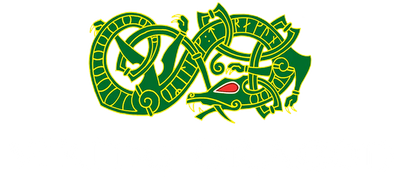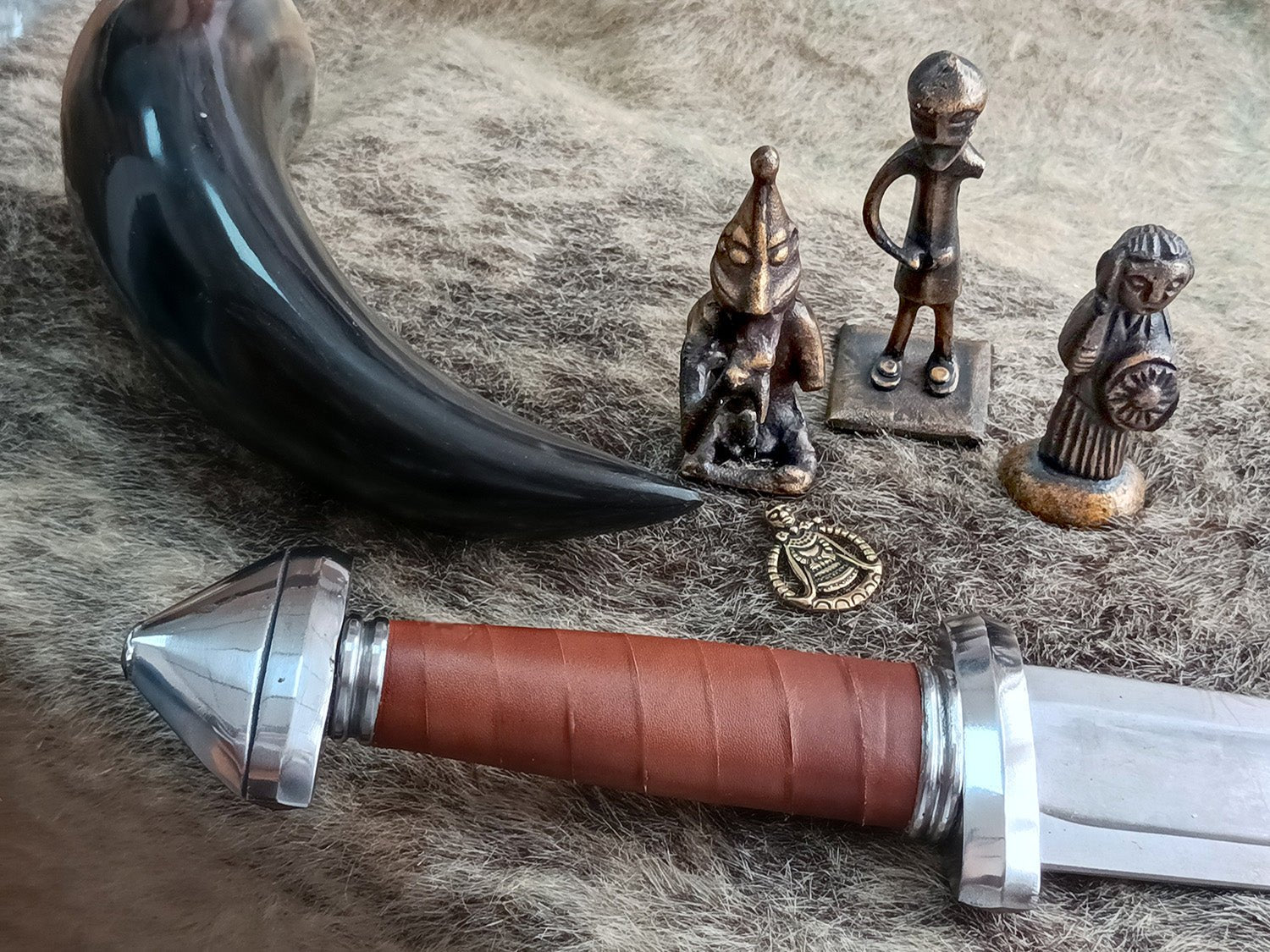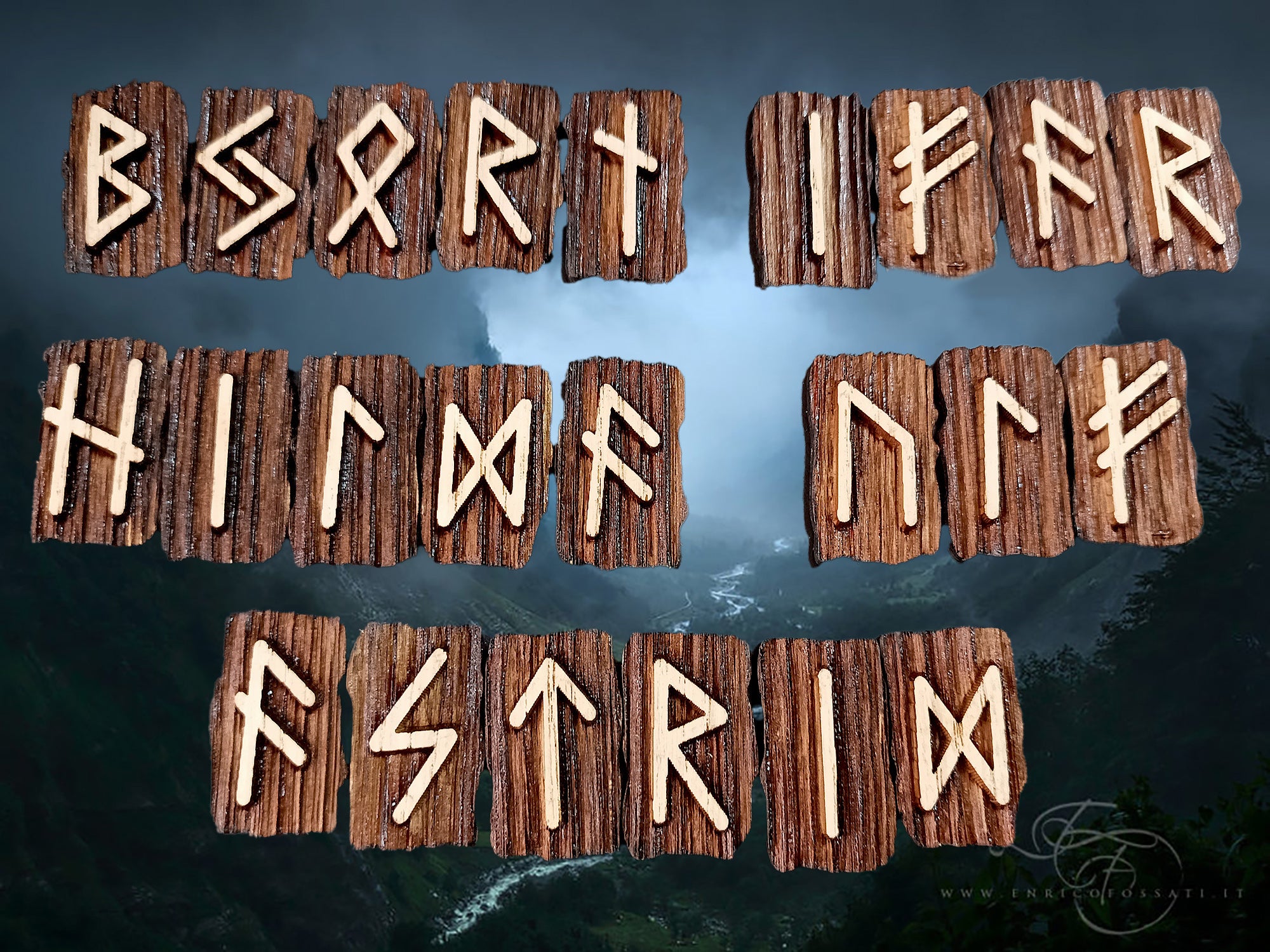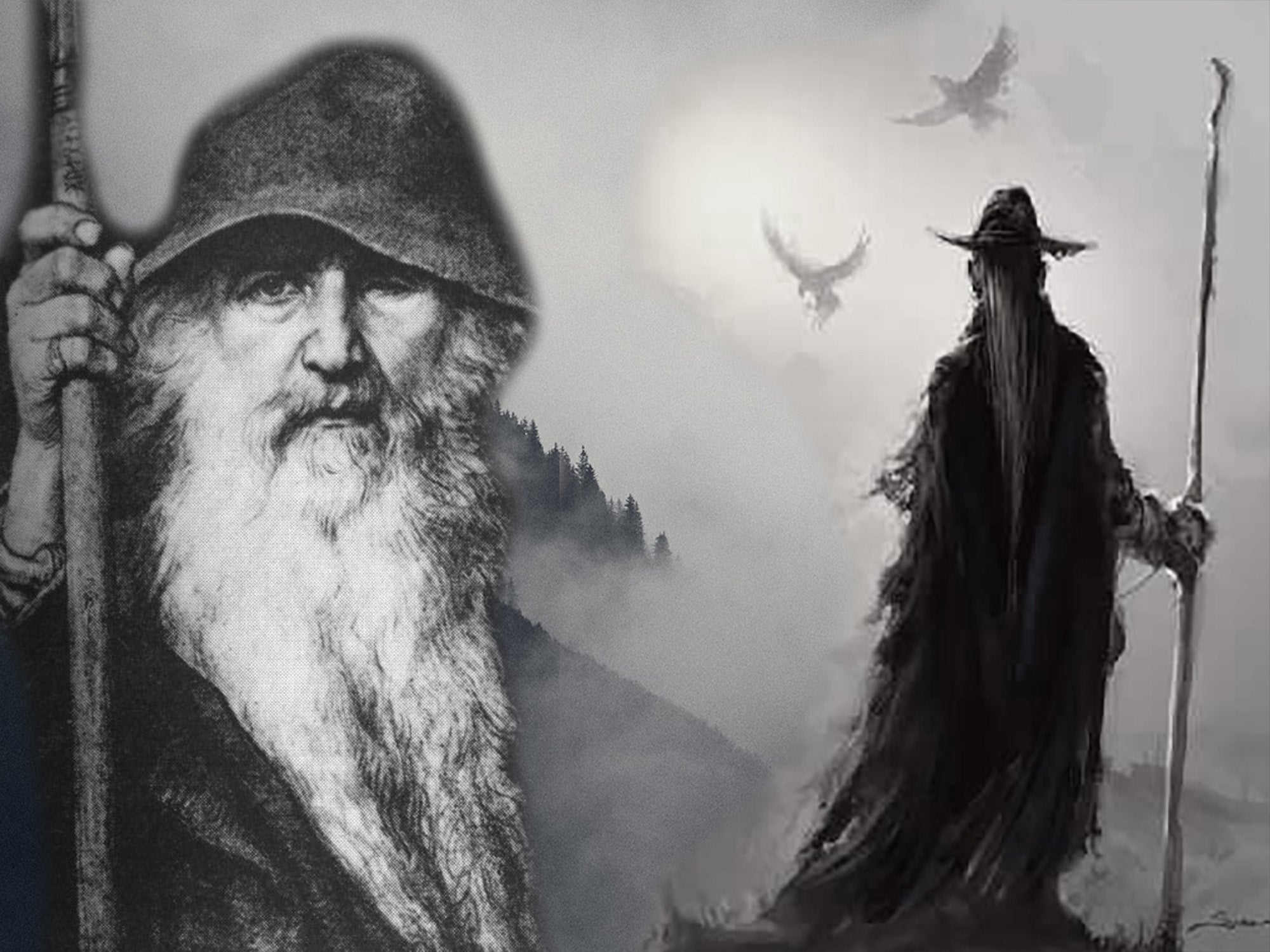The world of the Vikings is often depicted in media as dangerous, violent, and uncultured; the Vikings are often the savage raiders who appear from the seas to attack the protagonists. The truth is that Viking culture was as intricate and complex as any of the other cultures of the era and involved plenty of deeply meaningful social and religious rituals.
Here are five interesting Viking rituals for you to explore:
Coming of Age as a Viking
While many Scandinavian countries have had ages of adulthood in the law books since the age of Vikings, Viking culture was a bit more relaxed with the actual number and put more of a focus on various milestones to tell whether a child had fully transitioned into becoming an adult.
A Viking boy was considered a man when he could pass a series of trials that included hunting, fighting, and getting married. While the legal age of adulthood was either 12 or “15 winters,” it often happened that boys would be considered men anywhere from 12 years old to 18 years or older, depending on how long it took them to complete these trials.
A Viking girl only had to learn how to manage a home, including cooking and tending children, and then get married to be considered an adult. Vikings would often arrange for their girls to be married as young as 12 years old.
Viking Marriage
Marriage in the Viking Age was seen as a powerful political and sociological tool, who you married and when determined a large part of your status in Viking cultures. Marriage began with a formal courtship that included the Gifte, a formal agreement of betrothal that included something valuable such as a high-quality weapon, parcel of land, or stock of goods. Giftes would be given by both the bride and groom’s families.
The actual wedding itself typically started with the “bride-running,” a race where the bride and groom would run to the wedding feast together to symbolize their partnership. There would be an exchange of swords between the two families, an invocation to Freyja and Freyr (Norse deities of love and prosperity), an exchange of vows to each other, and finally, a massive feast that could last for days.
Viking Births
The birth of a child in Viking culture was a significant event; birth during that time was difficult and dangerous for both mother and child, so for both to survive was a cause for celebration. Vikings would often pray to Frigg and Freyja, goddesses associated with motherhood, fertility, and childbearing, during the pregnancy and during the birth itself, making offerings and singing songs to protect the mother and the infant.
Nine days after the birth, the child would be presented to the father and, if he placed the child on his knee, was considered accepted into the family. The child would then be sprinkled with water and named, often after a deceased ancestor or a deity (family names were common and often passed from generation to generation).
In early Viking culture, a child who was deemed unworthy—often by virtue of some disability or illness—might be left out in the wilds and abandoned. This was later banned as Christian influences spread through Viking cultures.
Viking Deaths
While there are few written records of Viking death rituals, there is plenty of archaeological remains of tombs, burial sites, and apparent holy sites that historians have explored and cataloged that give us an idea of what a Viking’s funeral might have looked like.
While some Viking groups practiced the burial of their bodies, it’s thought that the most common version of a burial - in the modern world, the ceremony is often called a Viking funeral - was cremation via funereal pyre. The pyre was constructed of locally felled trees and kindling scraps, and on top of it would be placed a ceremonial boat, which would then be filled with various belongings of the deceased and offerings to the gods.
The body would be draped in specific funeral clothing and jewelry, and then during the ceremony, there would be songs and chants recited as the body was burned and after, during a massive funeral feast. In some cases of particularly powerful Vikings, slaves might be killed and buried or burned with their masters to accompany them in the afterlife.
Read more here on Viking Funerals in our other blog..
The Blood Eagle
Perhaps one of the most infamous Viking rituals of all time – especially with its sensationalized appearances in modern media – the Blood Eagle was (possibly) a form of ritualistic murder in which the victim, while alive, had their ribs separated from their spine and their lungs pulled through the wounds on their back, splayed out to symbolize an eagle’s wings.
As gruesome and awful as this sounds, it’s still relatively unclear whether or not this was a poetic embellishment on behalf of the composers of the Poetic Edda or a genuine sacrificial ritual performed for some unknown religious or political reason. Scholars at the University of Iceland believe that such an act was possible both anatomically (though it would have very quickly killed its victim) and given the role of ritualistic violence in Viking culture. However, they have not yet found any genuine accounts of the Blood Eagle.
Sources:
https://www.keele.ac.uk/research/researchnews/2021/december/blood-eagle/viking-ritual-anatomy.php
https://academic.oup.com/book/55289/chapter/428697565
https://en.natmus.dk/historical-knowledge/denmark/prehistoric-period-until-1050-ad/the-viking-age/religion-magic-death-and-rituals/the-viking-blot-sacrifices/
https://www.vikinganswerlady.com/wedding.shtml
https://www.researchgate.net/publication/323982646_Polygyny_Concubinage_and_the_Social_Lives_of_Women_in_Viking-Age_Scandinavia https://www.studysmarter.co.uk/explanations/history/viking-history/viking-marriage-customs/
https://liberalarts.indianapolis.iu.edu/programs/classical-studies/cousins/
https://www.journals.uchicago.edu/doi/full/10.1086/706608?fbclid=IwAR0Z4PcRG2yCFHaQzocnQCHMneLKG4O-20M389cSbMqMKLXnqS3ffmvv6R8&mobileUi=0&
https://en.natmus.dk/historical-knowledge/denmark/prehistoric-period-until-1050-ad/the-viking-age/the-people/children/
http://www.hurstwic.org/history/articles/daily_living/text/Demographics.htm
https://www.history.com/news/how-did-the-vikings-honor-their-dead
https://historycollection.com/18-memorable-coming-of-age-rituals-from-history/
http://www.voluspa.org/nornschildren.htm
https://viking.style/how-did-vikings-celebrate-birthdays/
https://en.wikipedia.org/wiki/Norse_rituals





